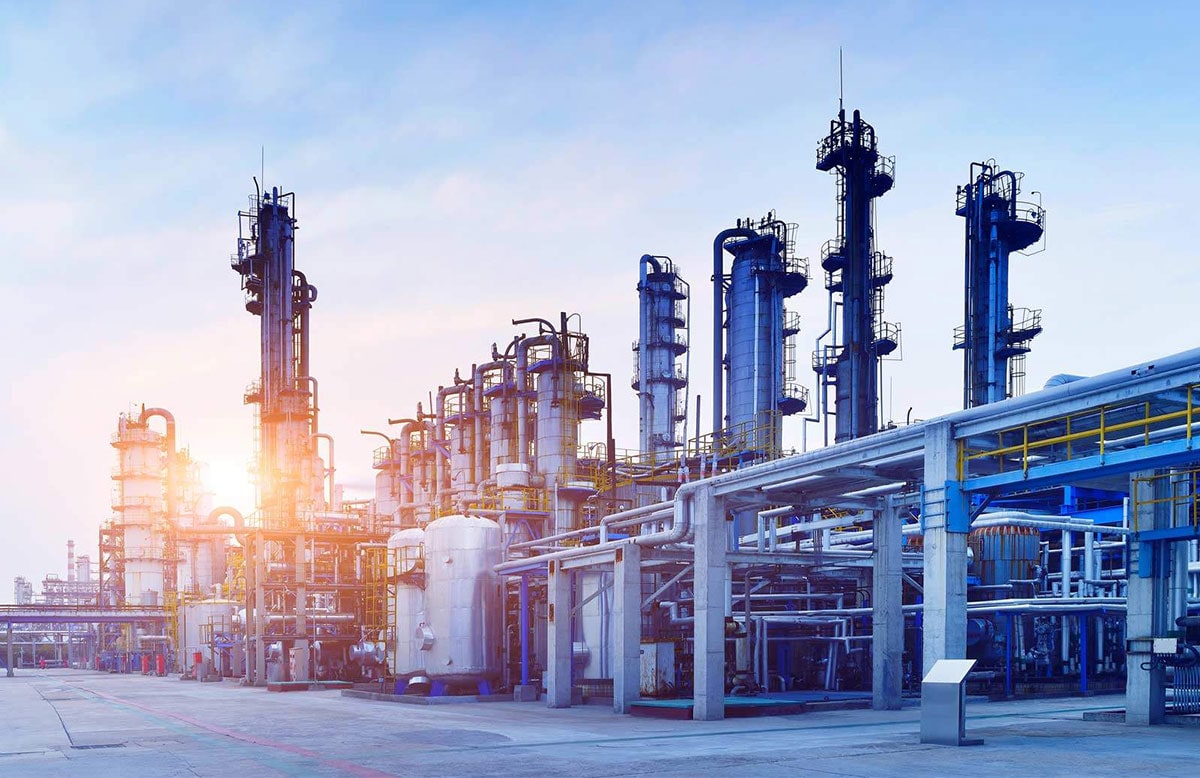
The construction industry is currently undergoing a significant transformation with a growing emphasis on sustainability. As environmental concerns continue to rise globally, both builders and consumers are pushing for solutions that reduce the impact of buildings on the planet. Among these, cladding materials have become a major focal point, as they are essential not just for aesthetics, but also for energy efficiency, weather protection, and long-term durability. In particular, aluminum composite materials (ACM) have emerged as a popular choice for cladding systems due to their sustainability, lightweight properties, and versatility.
Sustainability and the Future of Construction
The construction sector is one of the largest contributors to global carbon emissions, accounting for nearly 40% of total emissions, according to the Global Alliance for Buildings and Construction (GlobalABC). This highlights the urgent need for industry-wide change toward sustainable materials and energy-efficient designs. One of the key components of this transformation lies in the choice of building materials, particularly exterior cladding.
Exterior cladding serves multiple purposes: it protects a building from the elements, enhances its aesthetic appeal, and contributes to thermal insulation. However, traditional cladding materials such as concrete and steel have significant environmental drawbacks. Concrete is energy-intensive to produce and has a high carbon footprint, while steel production is known for its greenhouse gas emissions. In contrast, more sustainable materials like aluminum composite panels (ACM) are gaining traction due to their ability to significantly reduce the environmental impact of construction projects.
Aluminum Composite Materials (ACM): A Sustainable Solution
Aluminum composite materials are made from two layers of aluminum enclosing a non-aluminum core, usually polyethylene or a mineral core. ACM panels are lightweight yet durable, offering high strength-to-weight ratios that reduce the load on a building’s structure. The production process of ACM is far less energy-intensive compared to traditional materials, making them an environmentally-friendly option.
Additionally, ACM’s recyclability makes it a critical player in the pursuit of sustainability. Aluminum itself is 100% recyclable, meaning that it can be repurposed without degrading its quality. The ability to recycle aluminum indefinitely has significant environmental benefits, reducing the demand for new raw materials and minimizing waste in landfills.
Benefits of ACM in Sustainable Architecture
One of the primary benefits of ACM is its energy efficiency. As buildings become more energy-conscious, cladding systems are being designed to improve insulation and reduce energy consumption. ACM offers exceptional thermal performance by providing an additional layer of insulation, which helps reduce the reliance on heating and cooling systems, lowering a building’s carbon footprint. In regions with extreme temperatures, ACM is a cost-effective solution for creating a building envelope that enhances comfort while keeping energy use to a minimum.
Another sustainability-related benefit is the ability to reduce the building’s maintenance requirements. ACM panels are resistant to corrosion, making them ideal for areas prone to harsh weather conditions. Unlike traditional cladding materials, which require frequent repainting or replacement, ACM maintains its appearance and performance over many years, leading to reduced material waste and lower maintenance costs.
The Role of Global Fabrication in Sustainable Cladding Solutions
At Global Fabrication, we understand the importance of sustainability and are committed to providing solutions that not only meet architectural needs but also reduce environmental impact. With over 35 years of experience, we have refined our approach to designing and manufacturing high-quality ACM cladding systems that are both aesthetically pleasing and environmentally friendly.
Our expertise in ACM production allows us to offer a variety of customizable options for commercial and residential buildings. Whether it’s for new construction or renovation projects, we provide cladding systems that enhance both the function and aesthetic of any building, while contributing to a more sustainable future.
Moreover, as architects and contractors increasingly seek LEED (Leadership in Energy and Environmental Design) certification for their projects, the demand for environmentally-conscious materials continues to rise. Our sustainable ACM solutions help contribute to these certifications, ensuring that projects meet the highest environmental standards.
Emerging Trends in Sustainable Cladding
The push for sustainability in construction is creating several emerging trends in the cladding industry. Some notable developments include:
-
Smart Cladding: The integration of technology into cladding systems is a rising trend. Smart cladding uses sensors and smart coatings to monitor the performance of the building, including its energy usage, temperature, and humidity. This data can be used to optimize building performance and make real-time adjustments to heating, cooling, and ventilation systems.
-
Green Roofs and Green Facades: The growing emphasis on green architecture has led to the integration of plant-based elements into cladding systems. Green facades, where plants are incorporated into the building’s exterior, are becoming more popular. These systems not only enhance the building’s insulation properties but also contribute to biodiversity and help absorb carbon dioxide.
-
Recycled Materials: Many construction companies are looking for ways to reduce their reliance on virgin materials. As a result, recycled and upcycled materials are being used more frequently in cladding systems. This trend aligns with the broader goals of reducing waste, conserving resources, and minimizing environmental impact.
The Road Ahead
The construction industry is at a crossroads, and sustainable cladding materials are part of the solution to reducing the sector’s environmental footprint. As the demand for eco-friendly building materials continues to grow, ACM and other sustainable materials will play an integral role in shaping the future of architecture. Companies like Global Fabrication are committed to leading the way in providing cutting-edge solutions that not only meet the design and performance needs of clients but also contribute to a more sustainable built environment.
In conclusion, the rise of sustainable cladding materials, especially ACM, is a positive step toward a greener future. By focusing on energy efficiency, recyclability, and durability, these materials help reduce the environmental impact of construction projects while providing lasting value. As sustainability becomes more central to construction practices, the role of companies like Global Fabrication in delivering these high-performance materials will only continue to grow.